Coding cards for teachers to use when teaching about the total numeric value of a bit code.
Use this teaching resource when studying binary and coding in your classroom.
It has been designed to support students understanding of the patterns found in binary code and how to apply this understanding in new ways.
Choose 2, 5, 8 or 20 cards per page. These cards can also be used in large form when teacher modelling or as smaller cards for students to cut out and use in pair or group work.
Some suggested games and activities include:
- Printing two sets to play group or pair games including: memory, snap, GoFish
- Arranging cards into an order or sequence and explaining or defending why they have chosen to place them in this order/ sequence to peers or teacher
- Identifying the card ‘worth’ the most or least and explaining their choice to an elbow buddy or group
- Cutting out, shuffling and then placing into numerical order
- In pairs removing one (or several cards) and identifying the missing code
- Writing a letter of the alphabet on the back of each individual code and then write a coded message for a friend
- Work out how many combinations of ‘dot’ values a 5-bit code allows.
In order to differentiate this activity for your class, use in conjunction with [resource:149010]
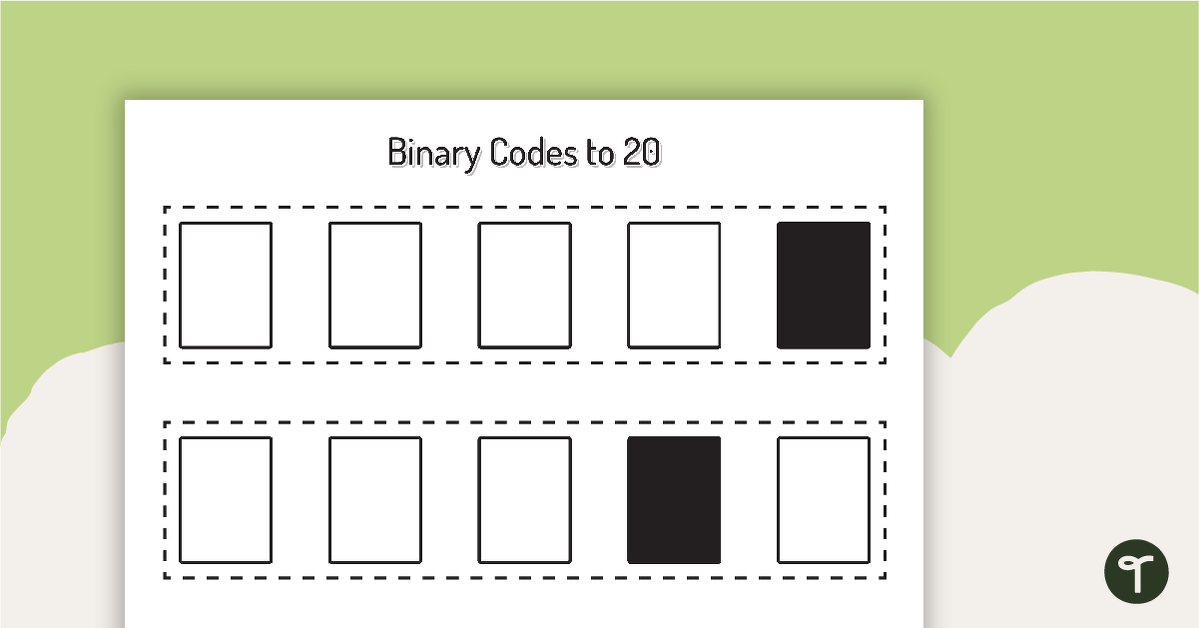
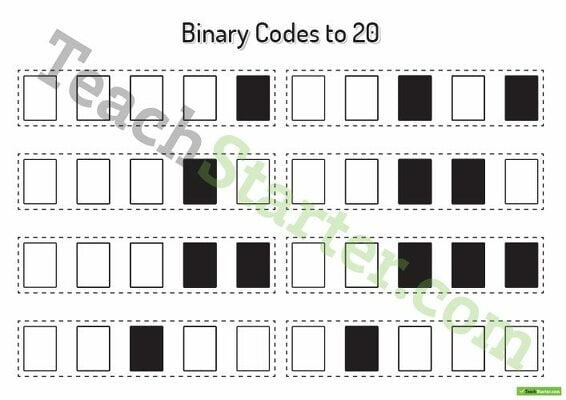
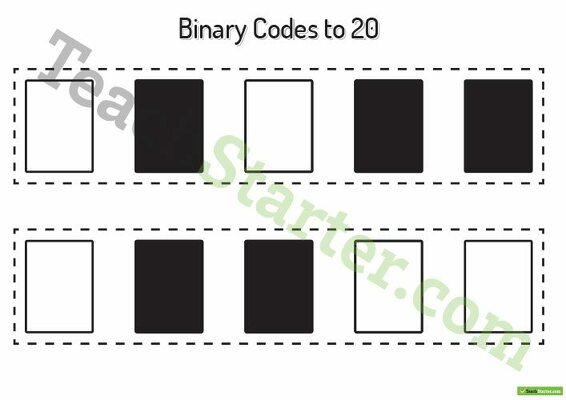

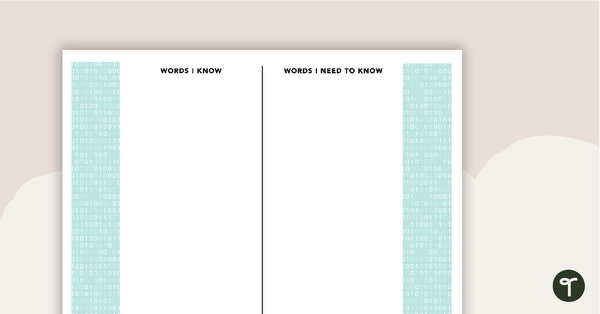
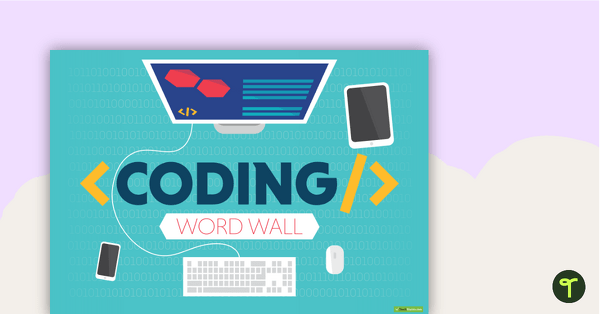
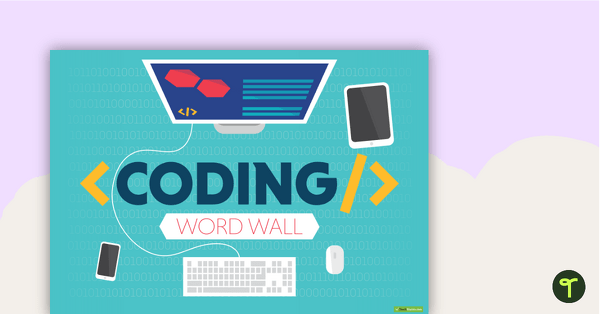

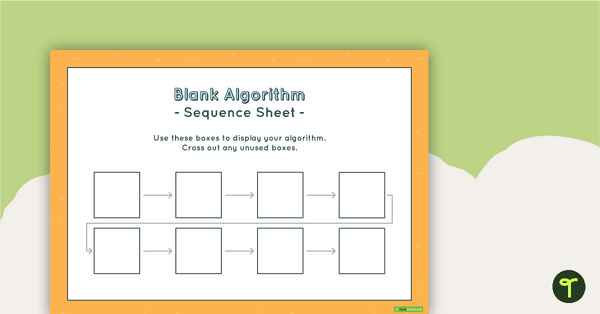
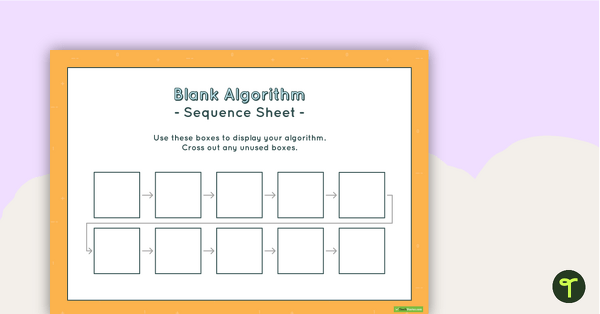
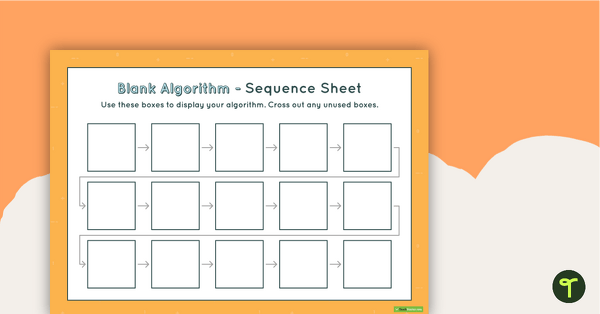
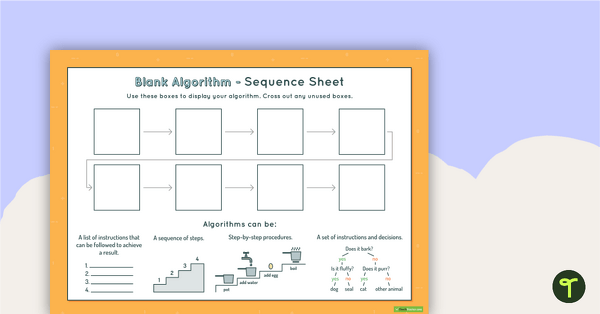
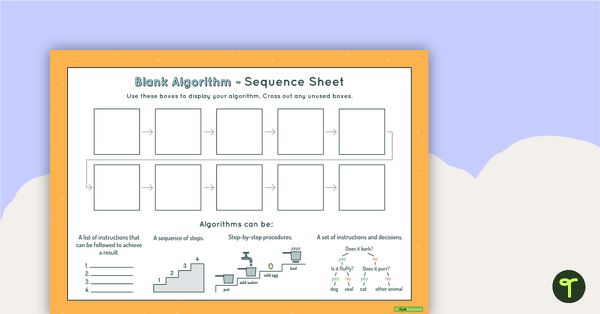
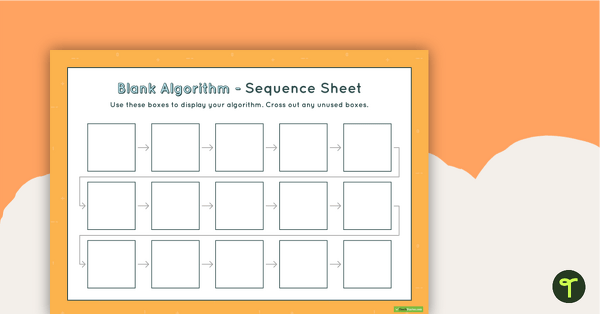
0 Comments
Write a review to help other teachers and parents like yourself. If you'd like to request a change to this resource, or report an error, select the corresponding tab above.